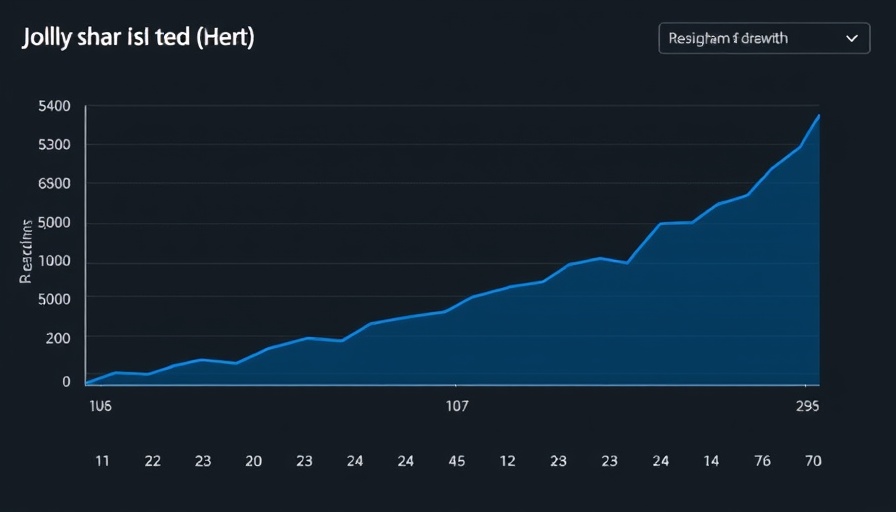
The Rising Star of Social Media: A Focus on Threads
As technology and social media evolve, parents are increasingly concerned about the platforms their children engage with. The recent surge in popularity of Threads—a new player in the social media scene—has sparked discussions about its potential as a viable alternative to long-standing giants like X, formerly known as Twitter, and Bluesky. Threads has become particularly appealing as it surpasses 320 million monthly active users, hinting at its fast-paced adoption among demographics including teens and young adults.
Why Are Parents Paying Attention?
For parents, the increasing usage of platforms like Threads often raises questions about safety and privacy for their children. Threads provides a unique platform emphasizing real-time engagement, especially with its latest focus on sports—a popular topic that resonates with younger audiences. How safe is it for children to use this platform? Awareness of the social media landscape is crucial for parents navigating these waters.
Understanding the Growth Trends
Launched in July 2023, Threads has quickly gained momentum, with its user growth rate outpacing that of X significantly. In comparison to X's recent increase of 50 million users over the past year, Threads achieved a remarkable 200 million in a shorter timeframe. This rapid growth may entice younger users, further complicating the landscape for parents trying to monitor their children's social media interactions.
The Slower Growth of X and Bluesky
Bluesky, while also growing, presents a much smaller user base than its competitors—growing from 5 million in February of last year to 35 million today. This indicates that while interest in decentralized platforms exists, it’s yet to rival the mainstream appeal of Threads or X. As Bluesky's growth rate continues to decline, children who might have previously been attracted to it may now shift their focus to Threads, challenging parents to stay informed about each platform’s features and policies.
What does this mean for Online Safety?
Amidst this intense competition, safety remains a significant concern. X has faced scrutiny for inconsistent user data reporting. This begs the question, how accurately can we trust the figures each platform presents? Parents must navigate these uncertainties while considering their children’s online presence. Threads’ upward movement suggests it could become a leading platform soon, urging parents to educate their children about responsible social media use.
Empowering Parents: Tools and Techniques
Awareness is key. Parents should familiarize themselves with the features of Threads and all other available platforms. Using parental controls can help manage the amount of time children spend on these apps. It can also aid in protecting them from potential cyberbullying and harmful content. Conversations about online privacy and safety should include talking about the importance of sharing personal information only with trusted individuals.
Future Predictions and Social Media Trends
The dynamics between Threads, X, and Bluesky suggest that the social media landscape is shifting. It's essential for parents to stay informed about these changes. As Threads aims to become a more popular choice focused on real-time content, predicting its adoption rates could help shape future app choices for kids and teens. Encouraging children to engage in device-free activities alongside social media use can promote balance and well-being.
In conclusion, as Threads maintains its growth momentum while X and Bluesky see slower uptake, parents must stay vigilant about the advantages and potential risks of these platforms. Conversations surrounding online safety and privacy will ensure children have a constructive experience as they navigate these digital spaces. Be proactive: discuss the implications of social media use with your children today to foster a safe and healthy environment for their exploration of these platforms.
 Add Row
Add Row  Add
Add 




Write A Comment